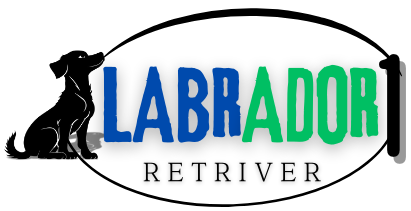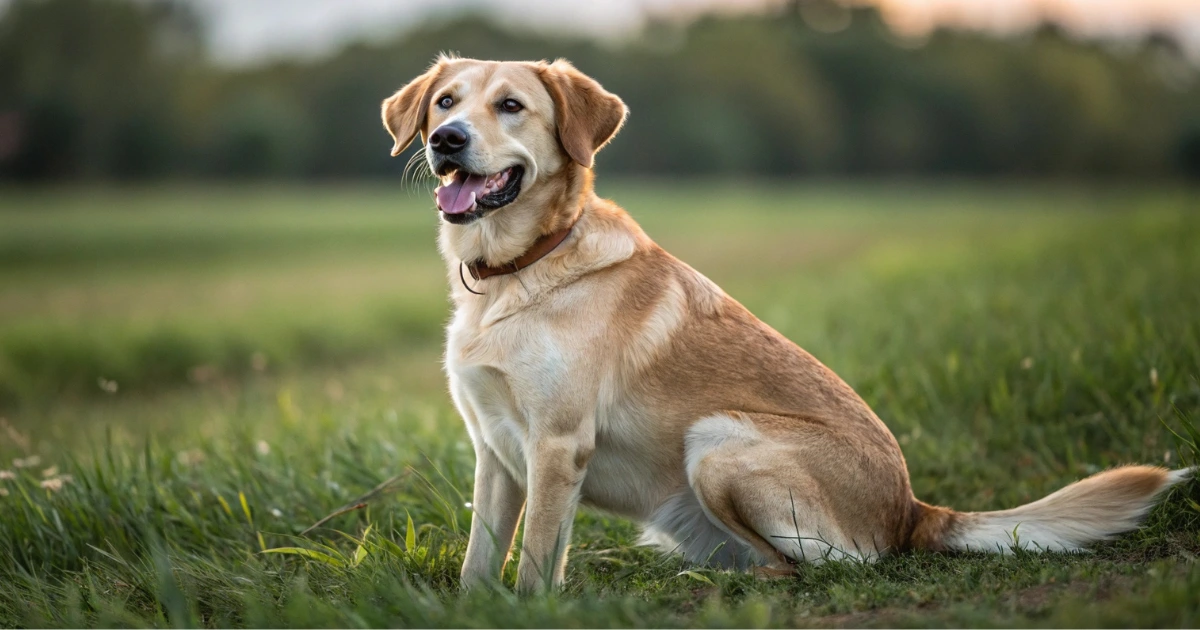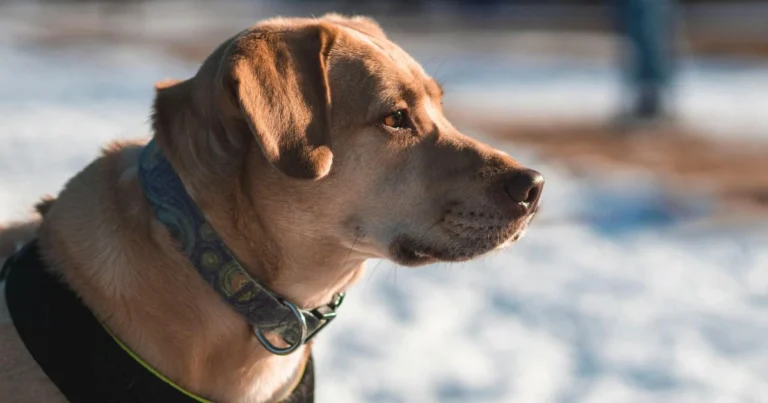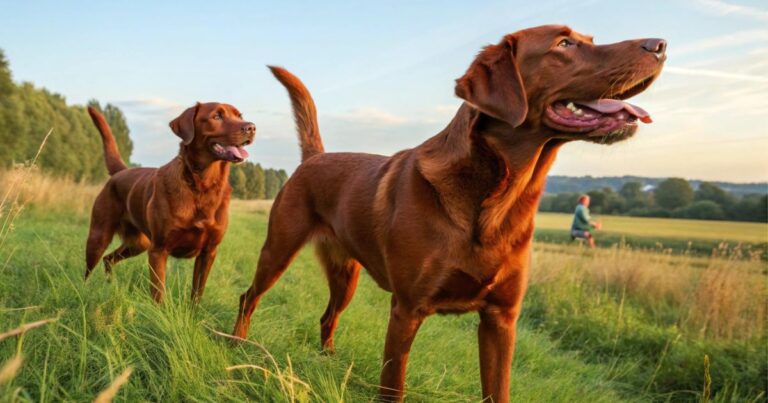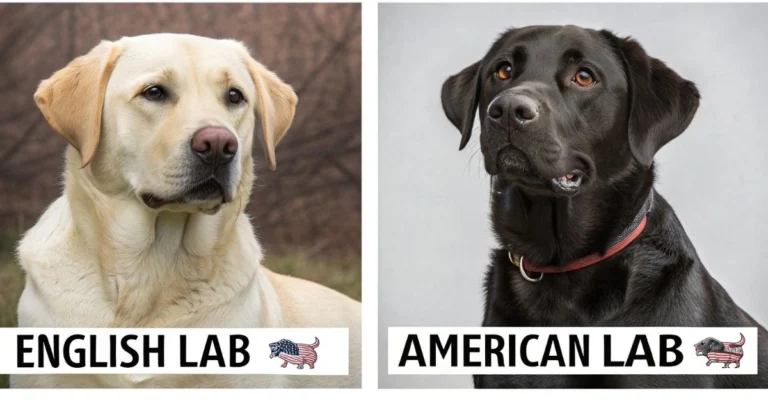What to Know About the Great Pyrenees Lab Mix Before You Adopt
You are scrolling through pet adoption profiles when you come across a photo that takes your breath away. Fluffy white fur, soulful brown eyes, a tail wag that appears to say, “I have been waiting for you.” This is your first experience with the Great Pyrenees Lab Mix.
This mix, also known as the Pyrador or Labrenees, is more than just a pretty face. It is a bundle of personality, energy, and loyalty wrapped in a large, fluffy coat. However, before you bring one home, you must first understand the situation. Because, while they may instantly capture your heart, they will also challenge you, protect you, and become a part of your story in ways that few other pets can.
Table of Contents
What Is a Great Pyrenees Lab Mix?
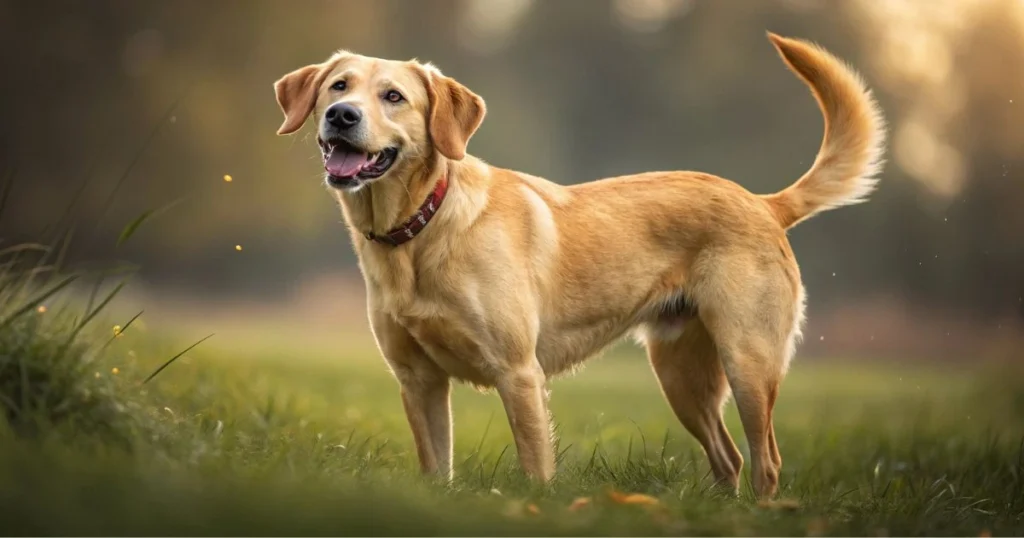
The Great Pyrenees Lab Mix is the offspring of two iconic breeds: the noble Great Pyrenees and the athletic Labrador Retriever. Each parent breed contributes something unique to the mix, resulting in a dog that is loyal, protective, and endlessly loving.
Breed Breakdown
- Great Pyrenees: Originally bred to guard livestock in the mountains. Independent, calm, and fiercely loyal.
- Labrador Retriever: America’s favorite family dog. Friendly, intelligent, and always up for fun.
Why It Matters
Understanding the breed’s origins allows you to prepare for its behavior, exercise requirements, and potential quirks.
Temperament and Personality: What to Expect
When you bring a Pyrador into your life, you’re getting a blend of two very different canine personalities. But that’s where the magic happens.
The Emotional Core
- Affectionate and Loyal: You’ll have a shadow wherever you go. These dogs bond deeply.
- Guarding Instincts: Expect a watchdog that barks to alert—but not aggressively.
- Sociable Yet Reserved: Friendly like a Lab, but more discerning like a Pyrenees.
Are They Good With Kids and Other Pets?
Yes—if socialized early. They’re generally gentle with children and tolerant of other animals, but their size means play should always be supervised.
Appearance and Physical Characteristics
They’re head-turners—there’s no question. But the beauty of the Great Pyrenees Lab Mix comes with responsibilities you need to be ready for.
What They Look Like
- Height: 22 to 28 inches
- Weight: 70 to 100+ lbs
- Build: Strong, muscular, and sturdy with a deep chest
Coat and Colors
Their thick, double coat offers protection and warmth but demands maintenance.
- Color Variants: Cream, white, black, tan, or any combination
- Texture: Soft, dense fur with moderate to heavy shedding
Weight Growth Chart
| Age (Months) | Average Weight (lbs) |
|---|---|
| 3 | 30–40 |
| 6 | 50–70 |
| 12 | 80–100+ |
Health Considerations: What You Need to Know
Like all breeds, Pyradors are prone to certain health issues. Understanding these early can save you stress—and vet bills—down the line.
Common Health Concerns
- Hip Dysplasia: A genetic condition affecting the hip joints—common in large breeds
- Elbow Dysplasia and Joint Pain
- Bloat (Gastric Torsion): A life-threatening condition if not treated quickly
- Hypothyroidism: Can cause weight gain and lethargy
Average Lifespan
- 10 to 12 years with proper care
Vet Check Musts
- Annual physicals
- X-rays for joint health
- Bloodwork starting around 7 years of age
Grooming and Maintenance
If you’re not a fan of dog hair, you’ll need to prepare. Their beauty takes work—but the bonding time during grooming can be a joy.
Coat Care
- Brushing: 3-4 times per week, daily during the shedding season.
- Bathing: Every 6–8 weeks (or when dirty)
Other Grooming Essentials
- Nails: Trim every 3–4 weeks
- Ears: Clean weekly with vet-approved solution
- Brush your teeth 2-3 times per week to prevent plaque and gum problems.
Exercise and Training: Keeping Them Happy
This mix needs more than just backyard time. They thrive on movement, mental challenges, and being part of your routine.
Exercise Needs
- Minimum: 60 minutes daily
- Ideal Activities:
- Long walks or hikes
- Backyard fetch
- Canine agility or scent games
Training Tips
- Positive Reinforcement Only: They don’t respond well to harsh methods
- Socialization: Start early to prevent over-protectiveness
- Consistency: Stubborn streaks can arise—stick with it
Feeding Your Great Pyrenees Lab Mix
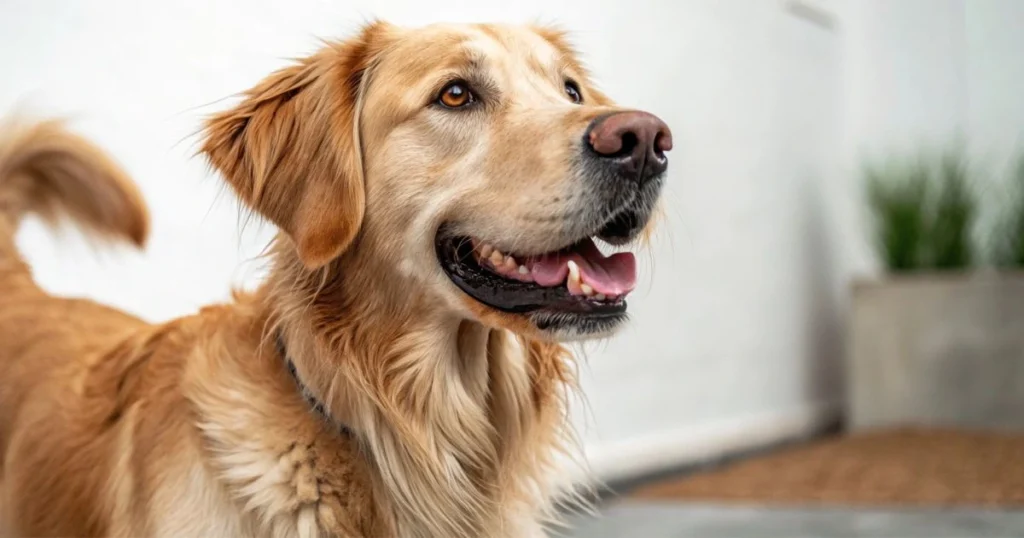
Feeding this breed is more than just filling a bowl. Their size and energy levels require intentional, high-quality nutrition.
Key Nutritional Needs
- Protein-Rich Foods: To support muscle development
- Joint Supplements: Like glucosamine and chondroitin
- Low-Filler, Grain-Inclusive Kibble: For digestive health
Feeding Guidelines
| Life Stage | Daily Calories | Recommended Food |
|---|---|---|
| Puppy (3–12 mo) | 1,500–2,200 | High-protein large breed puppy food |
| Adult (1–7 yrs) | 2,000–2,800 | Balanced adult kibble with joint support |
| Senior (8+ yrs) | 1,600–2,200 | Senior formula with fewer calories |
Is This Breed Right for You?
This isn’t a low-maintenance breed—but it’s an incredibly rewarding one if your lifestyle aligns.
Best Fit For
- Active families with fenced yards
- Homes with older children
- People who enjoy outdoor adventures
Not Ideal For
- Apartment dwellers without time for walks
- First-time dog owners who aren’t ready for training challenges
- People with allergies (hello, shedding)
FAQs: Your Pyrador Questions, Answered

Are Great Pyrenees Lab Mixes good family dogs?
Absolutely. They’re protective, affectionate, and gentle with children—just make sure to teach both your dog and your kids how to respect each other.
How big does a Great Pyrenees Lab Mix get?
You’re looking at a large dog—often over 90 pounds. Prepare your home accordingly.
Do Great Pyrenees Lab Mixes bark a lot?
They will alert you to strangers, animals, or even strange sounds. Early training can reduce excessive barking.
How much exercise do they need?
At least an hour a day. Without it, they can become bored—and a bored Pyrador is a mischievous Pyrador.
Can they live in hot climates?
They can adapt, but they require shade, fresh water, and should not exercise during peak heat. Their coat protects them from heat, but too much of it can be dangerous.
Final Thoughts: Should You Adopt a Great Pyrenees Lab Mix?
If you’re looking for a dog that’s as protective as it is playful, as independent as it is affectionate, and as majestic as it is down-to-earth—then yes, the Great Pyrenees Lab Mix might be exactly who you’ve been waiting for.
But this isn’t a decision to take lightly.
You’re not just adopting a dog. You’re inviting a gentle guardian, a joyful explorer, and a loyal family member into your life. That comes with time, training, grooming, and energy—but it also comes with love, protection, and laughter every single day.
